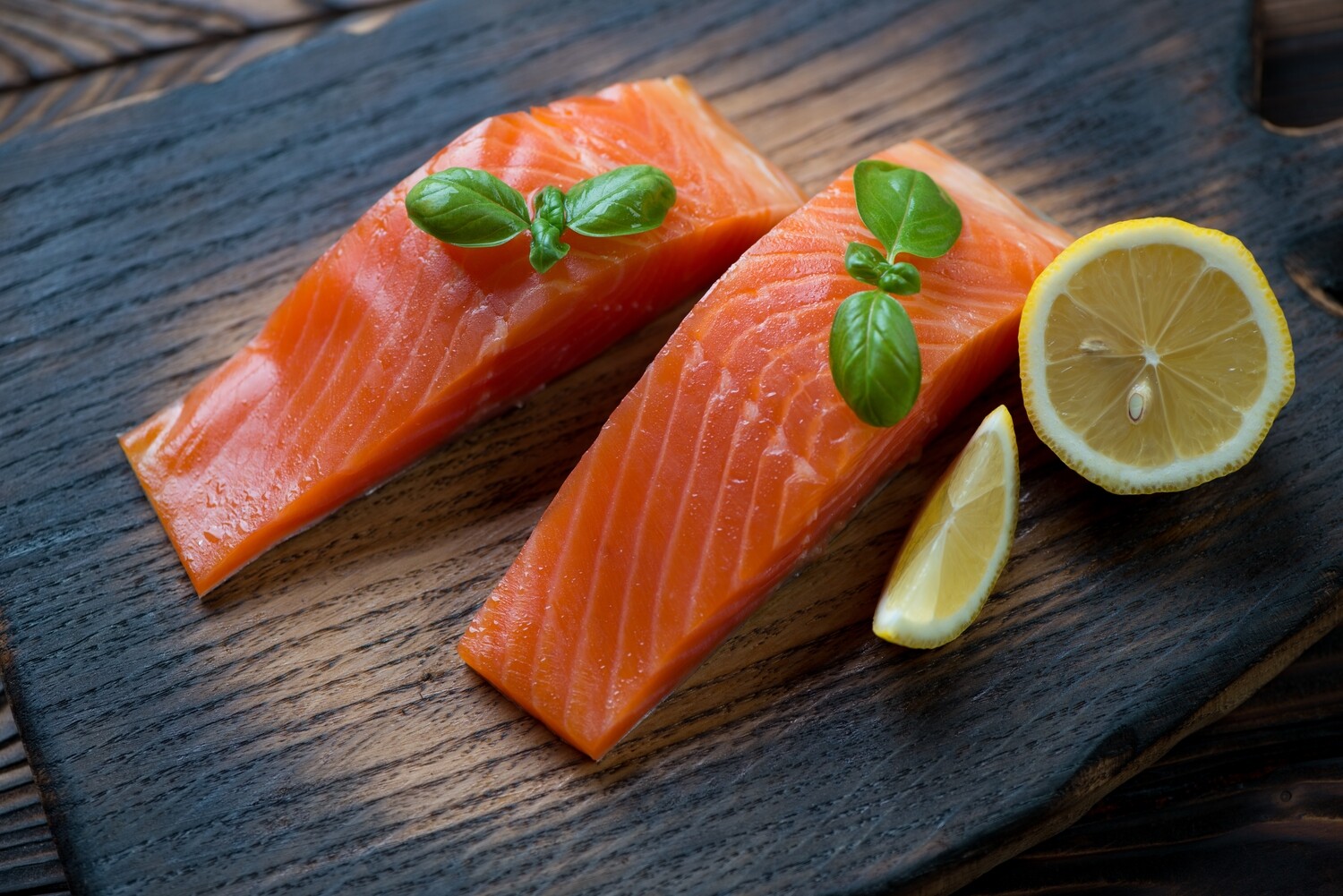
30 interesting facts about Norwegian salmon
- 👁️ 274
Norwegian salmon has emerged as a cornerstone of both Norway’s economy and global seafood cuisine, celebrated for its quality, taste, and nutritional benefits. Originating from the cold, clear waters of Norway, this salmon is known for its vibrant color and rich flavor, which has made it a favorite among chefs and food enthusiasts worldwide. The cultivation and export of salmon not only reflect Norway’s commitment to sustainable aquaculture practices but also its innovation in fish farming techniques. As we explore the fascinating details about Norwegian salmon, we uncover why it continues to hold such a prestigious place in the world of gastronomy.
- Norwegian salmon is primarily farmed along the cold, clear coasts of Norway, providing ideal conditions for salmon cultivation.
- Norway was one of the first countries to develop commercial salmon farming in the early 1970s.
- The country is the world’s top producer of Atlantic salmon, accounting for over one-third of the world’s salmon supply.
- Norwegian salmon farms adhere to strict aquaculture regulations to ensure fish welfare and environmental sustainability.
- The diet of farmed Norwegian salmon is carefully controlled, consisting of fish meal, fish oil, vitamins, and minerals, which mimics their natural diet.
- Each salmon farm in Norway is required to operate under a stringent quota system that limits the number of fish in pens, reducing the impact on local ecosystems.
- Norwegian salmon was the first type of salmon used in sushi and sashimi in Japan, introducing the fish to global cuisines in the 1980s.
- The annual export value of Norwegian salmon is estimated to be over 6 billion USD, making it a significant part of Norway’s economy.
- Advances in technology and breeding practices in Norway have reduced the use of wild-caught fish in salmon feed.
- Norwegian salmon is rich in Omega-3 fatty acids, which are beneficial for heart health and cognitive functions.
- The color of the salmon’s flesh is naturally enhanced by the carotenoids in their diet, which are safe and approved additives.
- Norway has pioneered the development of eco-friendly salmon farming practices that include the use of underwater drones and big data analytics to monitor fish health.
- Norwegian law mandates that salmon farms must be located in waters with a strong current to prevent waste accumulation and maintain water quality.
- Salmon farming is the most popular type of aquaculture in Norway, employing thousands and supporting small community economies.
- The lifecycle of Norwegian farmed salmon from hatchery to market is about three years.
- Genetically, farmed Norwegian salmon are the same species as wild Atlantic salmon, Salmo salar.
- The industry has faced challenges such as sea lice, which are managed through biological control methods rather than just chemicals.
- Salmon from Norway is processed within a few hours of being harvested to maintain freshness and quality.
- The use of antibiotics in Norwegian salmon farming has dramatically decreased over the past decades due to better fish health management practices.
- Norwegian salmon is a popular choice for certified sustainable seafood under global standards like the Aquaculture Stewardship Council.
- Each batch of Norwegian salmon can be traced back to its source, providing transparency and security for consumers.
- The Norwegian government invests in research to improve salmon health and welfare, which includes the development of vaccines.
- Salmon is Norway’s second-largest export commodity after oil.
- The strong reputation of Norwegian salmon has led to its featured presence on the menus of high-end restaurants worldwide.
- Norwegian salmon farms often use ‘cleaner fish’ that naturally remove parasites from salmon, reducing the need for medication.
- Climate change poses new challenges to Norwegian salmon farming, influencing everything from water temperatures to fish metabolism.
- The industry’s commitment to sustainability has led to innovations such as offshore salmon farming, which aims to produce salmon in more natural ocean conditions.
- Norway’s strict regulations ensure that escaped farmed salmon do not breed with wild populations, preserving genetic integrity.
- Salmon farming has significantly transformed Norway’s coastal landscapes and economies, bringing infrastructure and tourism.
- Norwegian researchers are leading projects on fish feed alternatives to further reduce the environmental impact of salmon farming.
In conclusion, Norwegian salmon represents a paragon of aquaculture success, blending traditional fish farming practices with modern technology and stringent regulatory standards to produce a product that is cherished globally. Not only has Norwegian salmon become a dietary staple across continents, but it also supports sustainable practices that ensure the health of both the fish and the environment. The dedication to quality and sustainability apparent in every aspect of its production makes Norwegian salmon not just a culinary delight but also a blueprint for future practices in aquaculture worldwide.
Norwegian salmon has emerged as a cornerstone of both Norway’s economy and global seafood cuisine, celebrated for its quality, taste, and nutritional benefits. Originating from the cold, clear waters of Norway, this salmon is known for its vibrant color and rich flavor, which has made it a favorite among chefs…